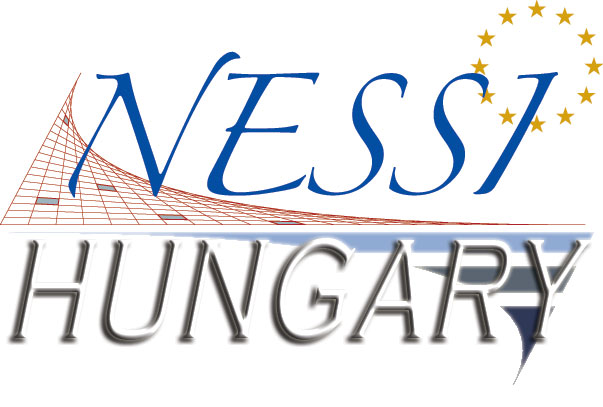Head of Programme: Dr. Béla Fehér, associate professor, BME MIT
Distributability and embedability are indispensable to today’s IT systems and they require that certain design criteria be borne in mind. The reasons behind designing distributed IT systems are manifold: on the one hand, it is because of the geographical separation of its constituents, but on the other hand, it can also be due to the design considerations of decomposing the system components. The presence and dynamic development of the Internet has made clear that extensive distributed systems are only to be designed on the technological basis of the Internet. Furthermore, the design of closed virtual networks of organisations should also be based on this technology. As a result of the advancement of network technologies (bandwidth doubles every 15 months), distributed and parallel systems have become one of the most important means of implementing virtual supercomputers and increasing the performance. Embeddedness means that IT devices are integrated into our environment, i.e. are “embedded” in our personal belongings. Adapting these devices to the users’ needs and creating appliances that can be used without IT skills result in systems that conceal the underlying methods and tools. These novel scopes of application often result in new design priorities, such as minimising energy consumption or providing protection from interference.
From the beginning, we have allocated significant resources from the research programme towards fostering a service-oriented implementation of Grid systems. As a result of the improvement of network technologies, researchers have come up with algorithms and methods previously unthought-of, or with those whose implementation was expected to become possible only with the advancement of supercomputers. By combining network resources, immense computing and storing capacities can be created, which then can be used in many applications. Our objective is developing and implementing web-based services of this kind. Various standards have been created for the interoperability of the components of distributed systems. The most widespread technology amongst the latest trends is the so-called service-oriented architecture or SOA for short. Our main ambition is developing the design and implementation methods of service-oriented components in a way that is compatible with our development framework.
We work out the means of integrating the isolated applications, data sources and data stores into our system. The problem of integration crops up in different abstraction layers, from among which semantic integration, appearing at higher levels, raises open questions.







